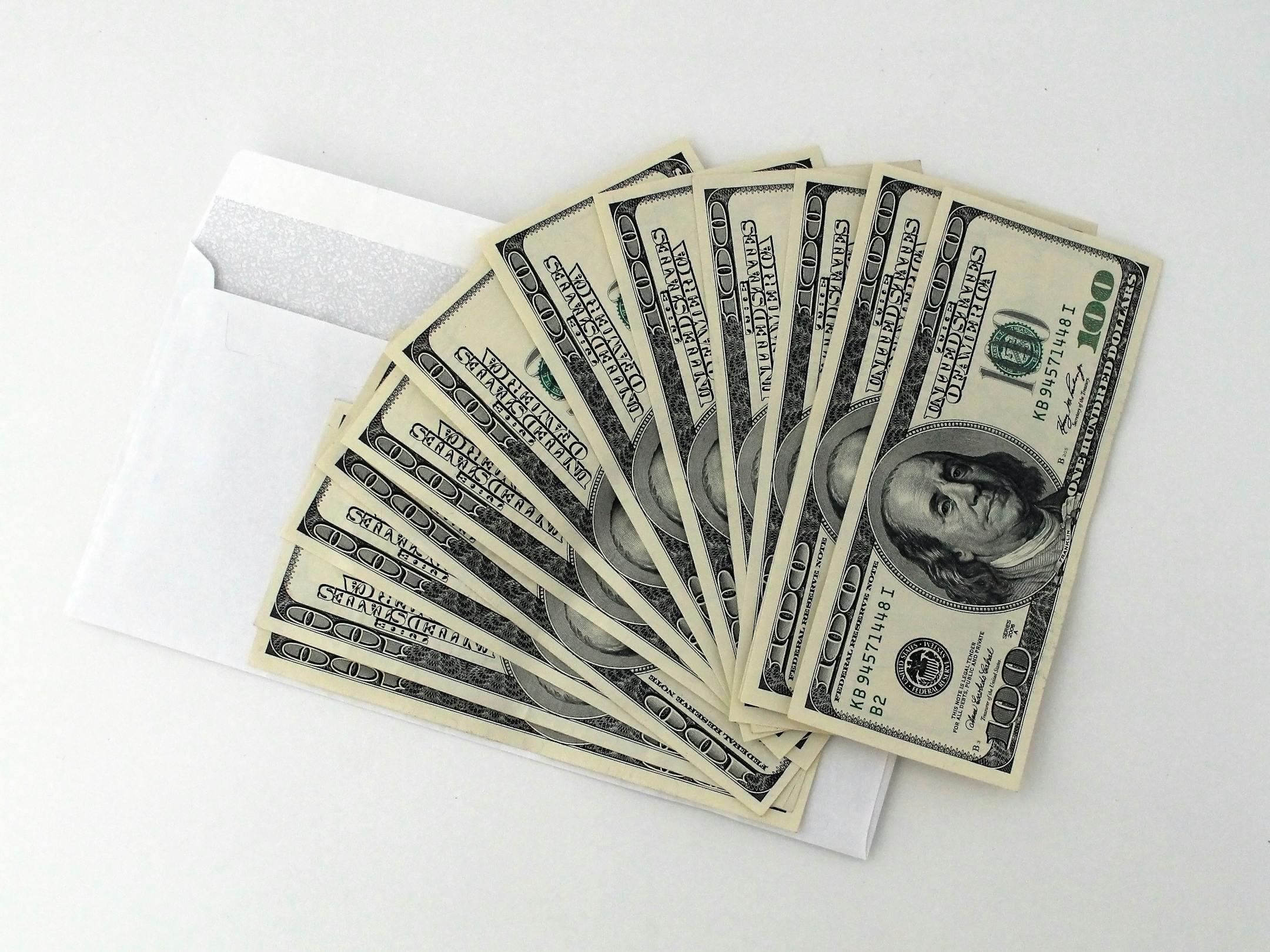
A New Economic Era for Luxury
Luxury isn’t recession-proof—it’s recession-adaptive. As the U.S. dollar softens and gold surges to record highs, the global luxury market finds itself in a pivotal moment. High-net-worth individuals (HNWIs), collectors, and aspirational buyers are recalibrating how, where, and why they spend. While luxury conglomerates like LVMH and Richemont see their stock prices waver, demand is far from vanishing. Instead, it’s evolving. Welcome to the new age of mindful opulence.
The U.S. dollar’s decline—driven by lower interest rate expectations and economic uncertainty—makes imported luxury goods more expensive for American buyers. Simultaneously, gold has soared to record levels, signaling global investor anxiety and a flight to tangible value. This dual movement reshapes the calculus of luxury consumption.
For affluent buyers, particularly in the U.S., this means:
Discerning buyers are prioritizing value retention over seasonal trendiness. Investment-grade watches, art, and vintage automobiles are commanding more attention than ever. A Cartier Crash or Richard Mille RM series is no longer just a statement—it’s a hedge.
With gold prices peaking, luxury consumers are turning toward high-karat jewelry, precious metal accessories, and even bullion-integrated timepieces. Expect more gold-heavy offerings from maisons like Bulgari, Chopard, and Audemars Piguet.
Wealthy Americans are reducing overseas luxury purchases. Instead, they’re investing in concierge services, private fittings, and bespoke experiences within domestic flagship stores. Experience now matters as much as the item itself.
Luxury stocks are reacting to currency volatility and gold's rally with nervousness. But many heritage brands are adapting:
Luxury consumers today are:
Gold's rise has also impacted luxury travel and gifting patterns:
If you curate luxury experiences or advise HNW clients, here’s how to respond:
Luxury is adapting—not contracting. As the dollar weakens and gold shines, consumers are embracing a new kind of prestige: informed, intentional, and intrinsically valuable. From bullion-backed timepieces to bespoke in-home fashion consultations, the future of luxury isn’t just about looking rich—it’s about feeling secure, connected, and timeless.
For those curating premium experiences, now is the time to meet clients where they are—financially, emotionally, and aspirationally.